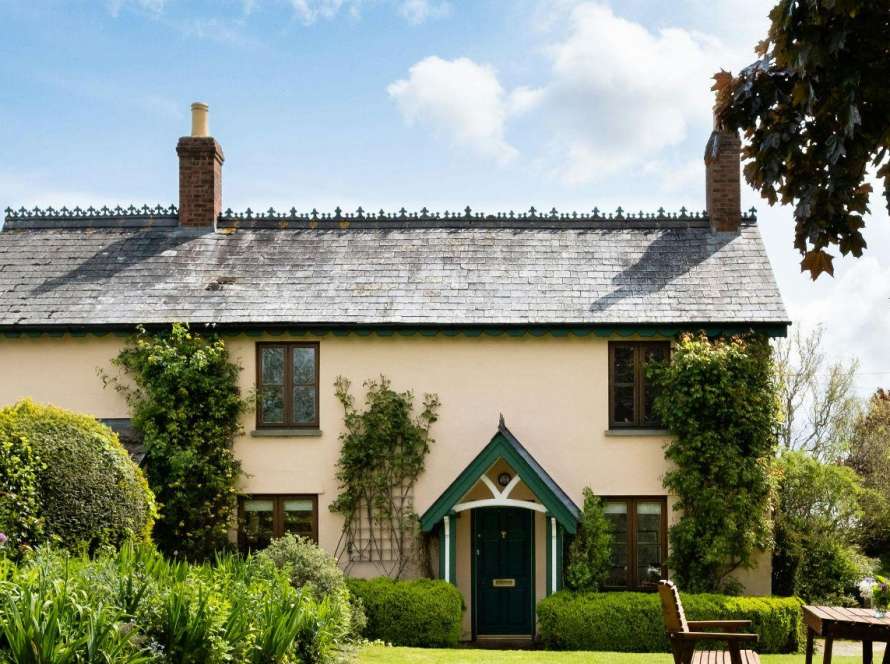Creosote and Tar – It’s a Fire Hazard!
As Guild of Master Chimney Sweeps certified professionals serving Cambridge and surrounding areas, we frequently encounter dangerous levels of creosote and tar buildup in chimneys across Cambridgeshire. This issue particularly affects the region’s period properties and Victorian terraces, where complex flue systems require special attention.
Understanding Creosote and Tar Risks
Creosote and tar buildup in chimneys presents a serious fire hazard. These combustible substances can:
- Increase fire risk significantly
- Reduce chimney efficiency
- Block proper ventilation
- Cause structural damage
- Create dangerous toxic fumes
Common Causes in Cambridgeshire Properties
Several factors contribute to creosote and tar accumulation:

- Burning unseasoned or damp wood (above 20% moisture content)
- Poor ventilation, common in period properties
- Burning unsuitable materials (like treated wood or garden waste)
- Inefficient burning temperatures
- Complex flue systems in older properties
The Three Stages of Creosote Buildup

Stage 1: Early Formation
- Light, brittle deposits
- Removable with standard sweeping
- Regular maintenance can prevent progression
Stage 2: Moderate Buildup

Chimney – Dangerous Levels
- Thicker deposits requiring intervention
- Requires professional Cre-away treatment
- Still manageable with proper care
Stage 3: Severe Accumulation
- Dense, highly dangerous deposits
- May require significant intervention
- Can indicate serious system issues
Professional Cre-away Treatment Process

build-up on stove doors
Our specialist treatment includes:
- Initial chimney sweep and assessment
- Application of Cre-away powder treatment
- Controlled burning process over one week
- Final sweep to remove treated deposits
- Safety verification and documentation
Frequently Asked Questions
How do I know if my chimney needs cleaning?
Look for warning signs like slow-burning fires, smoke entering rooms, or dark staining around the fireplace. Our Guild-certified sweeps can perform a professional assessment.
What causes rapid creosote buildup?
Common causes include burning wet wood (moisture content above 20%), poor ventilation, and incorrect appliance operation. Using a moisture meter helps prevent issues.
How often should chimneys be cleaned?
The Fire Service recommends:
- Wood burners: Up to four times yearly
- Coal fires: Twice yearly
- Gas/oil appliances: Annual inspection
- More frequent cleaning for heavy use
Is Cre-away treatment safe?
Yes, our Cre-away treatment is non-intrusive and environmentally safe. It’s particularly suitable for Cambridge’s historic properties and conservation areas.
Preventing Creosote Buildup
Essential maintenance tips:
- Use properly seasoned wood (below 20% moisture)
- Maintain adequate ventilation
- Schedule regular professional sweeping
- Monitor burning temperatures
- Address issues promptly
Contact Your Local Chimney Experts
We offer comprehensive chimney services across Cambridgeshire, Suffolk, Essex and Hertfordshire:
- HETAS-approved chimney sweeping
- CCTV chimney surveys
- Cre-away creosote removal
- Emergency support
- Bird nest removal
- Flue cleaning for Agas, gas appliances, and boilers
Contact us for Trading Standards Approved chimney services and advice:
- 01223 627012
- hello@ablewight.co.uk
Our HETAS-registered and Trading Standards Approved professionals can advise on your chimney’s specific needs and maintenance requirements across Cambridge, Ely, Newmarket, Royston, Saffron Walden, St Ives, Huntingdon, St Neots, and Bishop’s Stortford.
Why Choose Ablewight?
- HETAS registered professionals
- Guild of Master Chimney Sweeps certified
- Trading Standards Approved
- Extensive local experience
- Comprehensive chimney services
- Expert advice


